Analytical Modernization and Migration
Analytical modernization and migration refer to the process of updating and moving data science systems and platforms to take advantage of new technologies and best practices. Furthermore, this process involves upgrading hardware and software, data migration to new platforms, and implementing new analytical methods and techniques.

Steps for Analytical Modernization and Migration
Analytical modernization and migration, a critical process for data-driven organizations. Furthermore, this process can include upgrading hardware and software, migrating data to new platforms, and implementing new analytical methods and techniques.
- Assess current systems
The first step in analytical modernization and migration is to assess the current systems and platforms in use. Additionally, this involves identifying any limitations or challenges. Furthermore, it entails determining the areas where new technologies and best practices can be implemented.
2. Identify new technologies and best practices
Next, new technologies and best practices that can be implemented to improve the systems and platforms should be identified. Moreover, this includes identifying new data storage and processing technologies. Furthermore, it involves pinpointing machine learning and analytics platforms, along with data visualization tools.
3. Plan for migration
After identifying new technologies and best practices, a plan for migrating existing systems and data should be developed. Additionally, this includes identifying any dependencies and potential roadblocks. Furthermore, it involves developing a timeline for the migration.
4. Perform migration
With a plan in place, the migration of existing systems and data can be performed. Moreover, this includes migrating data to new platforms. Additionally, it involves upgrading hardware and software. Furthermore, it entails implementing new analytical methods and techniques.
5. Monitor and evaluate
Once the migration is complete, the new systems and platforms should be monitored and evaluated to ensure they are performing as expected. Additionally, this includes monitoring performance and identifying any issues or areas for improvement.
Benefits of analytical modernization and migration
Enhanced Performance
Analytical modernization and migration lead to improved system performance. Additionally, it ensures that data science systems operate efficiently.
Leveraging New Technologies
Organizations can leverage cutting-edge technologies. Furthermore, this allows them to stay competitive in data analytics and decision-making.
Efficient Data Analysis
Modernization enables more efficient and accurate data analysis. Moreover, it enhances the quality and speed of insights extraction.
Improved Decision Making
With up-to-date systems and practices, organizations can make informed decisions. Additionally, it leads to more data-driven and strategic choices.
Optimized Resource Utilization
Modernization helps organizations make the most of their data resources. Furthermore, it ensures effective utilization of data for business growth.
Cost Savings
By streamlining processes and optimizing resources, organizations can achieve cost savings. Moreover, this contributes to overall operational efficiency.
Future-Proofing
Modernization ensures systems are adaptable to future technological advancements. Furthermore, it reduces the risk of technology obsolescence.
Data Security
Migration often involves implementing enhanced data security measures. Additionally, this safeguards sensitive information and complies with regulations.
Scalability
Modernized systems are often more scalable, allowing organizations to adjust to changing data needs. Moreover, it supports business growth.
Competitive Advantage
Being up-to-date with technology and best practices gives organizations a competitive edge. Furthermore, it positions them as industry leaders.
FAQs on Analytical Modernization and Migration
Analytical Modernization and Migration refers to the process of updating and moving data science systems and platforms to take advantage of new technologies and best practices. Furthermore, this process can include upgrading hardware and software, migrating data to new platforms, and implementing new analytical methods and techniques.
Analytical Modernization and Migration is important for data science because it allows organizations to improve the performance of their data science systems and take advantage of new technologies and best practices. Moreover, this can lead to more efficient and accurate data analysis, improved decision making, and more effective use of data resources.
Common challenges when performing Analytical Modernization and Migration include data quality and availability, system compatibility, and integration with existing systems. Additionally, organizations may also face challenges in terms of managing and monitoring the new systems and platforms.
Platforms, Tools & Technologies
Aptus Data Labs is equipped with industry-leading competitive platforms, tools, and technologies. We have partnered with OEMs to build joint solutions & services to ensure the success of business use cases.
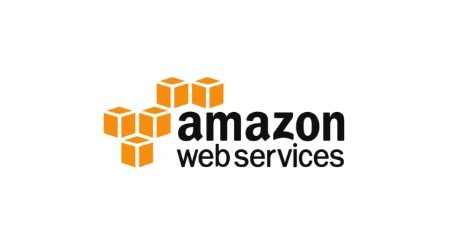
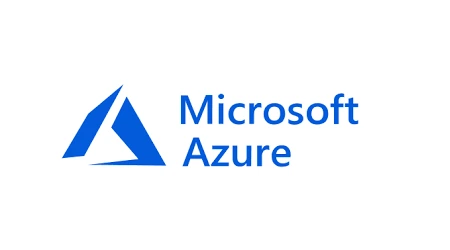
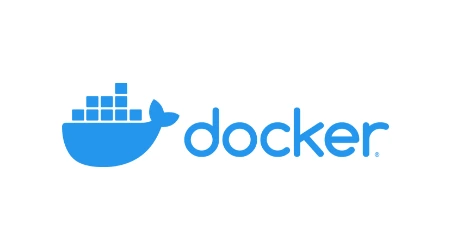



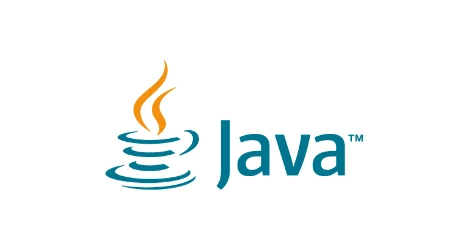
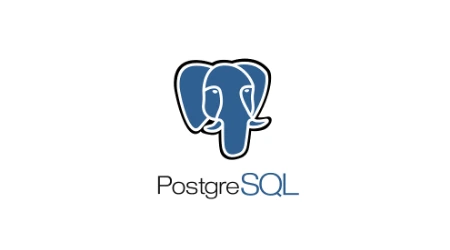

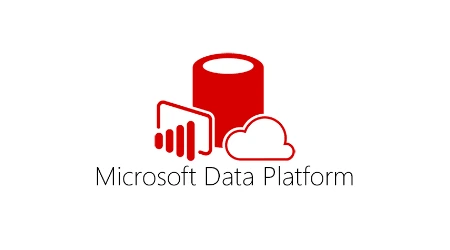

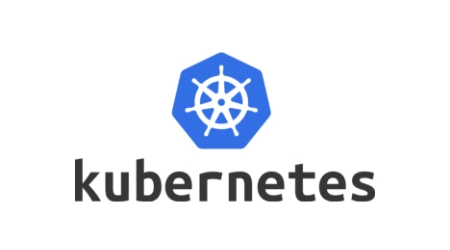









Case Studies
Unlock the Potential of Data Science with Aptus Data Labs
Don't wait to harness the power of data science - contact Aptus Data Labs today and start seeing results.
Are you planning to take your business to the next level with data science? We invite you to connect with us today to schedule a consultation. Our team will work with you, to assess your current data landscape and develop a customized solution that will help you gain valuable insights and drive growth.













